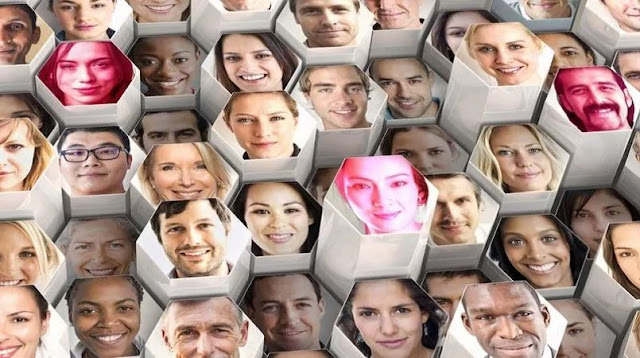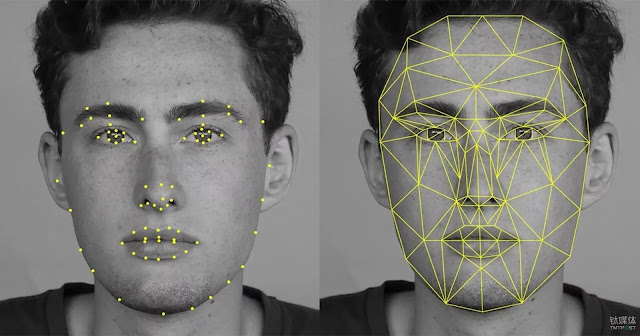Deepfake detection tool unveiled by Microsoft
 Credit:loop pacific
Credit:loop pacificMicrosoft has developed an in-depth visualization tool - computer-generated images where a person’s similarity is used to replace one another.
The software analyzes images and videos to provide confidence points as to whether the text may have been created.
The company says it hopes the technology will help "fight anonymous information".
One expert says that it is in danger of running out of time because of the speed at which deepfake technology is advancing.
To address this, Microsoft has also announced a special program to help content producers add hidden code to their images so that any future changes can be easily marked.
Getting a face swap
Deepfakes came to prominence in early 2018 after an engineer modified the edge-of-the-art software design that switched human face to face.
This process worked by feeding the computer multiple photos of one person and videos of another. The software then uses this to produce a new video that contains the face of the former person instead of the latter, with the same expressions, lip-synch and other movements.
see:Do not download the latest Windows 10 update if you own these popular laptops
Since then, the process has been simplified - opening it for more users - and now requires fewer images to work.
Some apps exist that require only one selfie to insert a movie star face into that of the user within clips from Hollywood movies.
But there is concern that this process could be misused to make misleading passages, in which a prominent person is made to say or act in an unprecedented way, for political or other gain.
Earlier this year, Facebook blocked deepfakes that could trick users into thinking the article had said something they could say. Twitter and TikTok later followed the same rules.
The Microsoft Authenticator tool works by trying to detect signs of improper rendering of an image, which may not be visible to the human eye.

This includes subtle blurring or greyscale pixels on the border of how a computer-generated version of the target's face has been integrated with the body of the original article.
To build it, the firm applied its machine learning strategies to about 1,000 public databases in depth and then tested the emerging model by comparing the largest face-to-face exchange database created by Facebook.
One tech consultant noted that in-depth videos remain unconventional at the moment, and that the most widely used clips include man-made cruder rearrangements. However, you have accepted Microsoft's intervention.
See: Microsoft Edge has just unveiled these amazing new features to beat Chrome
"The only method we have seen so far in pornography is not in favor of women," notes Nina Schick, author of the book Deep Fakes and the Infocalypse.
"But artificial media is expected to be ubiquitous in three to five years, so we need to develop these tools going forward.
"However, as the discovery capacity improves, so does the production capacity - it is unlikely that Microsoft will release a single tool that can detect all forms of video fraud."
Fingerprints
Microsoft has acknowledged this challenge.
In the short term, he said he hoped his existing product could help identify serious issues ahead of the US election in the US.
Instead of releasing it to the public, however, it only provides it to a third party, which will provide it with free press releases and political campaigns.
The reason for this is to prevent bad actors from grabbing the code and using it to teach their in-depth generators how to dodge.
See:Do I really need Windows 10 antivirus?
To address the long-term challenge, Microsoft has partnered with the BBC, among other media organizations, to support Project Origin, which is a step towards "tagging" online content in a way that will automatically detect any content management.
The US technology company will do this through a two-part process.
First, create an online tool to add a digital fingerprint - in the form of certificates and "hash" values - to media metadata.
Second, it created the reader, to look at any evidence that fingerprints were affected by changes from the side of the content.
Microsoft says people will be able to use the reader with a browser extension to verify that the file is authentic and to see who produced it.
Deception of images and videos is essential to the proliferation of content that is often satisfying on social media.
But now complex or in-depth technology is not always needed. Simple editing technology is often a popular option.
This has been the case with the latest used video of US presidential candidate Joe Biden, which has been viewed more than two million times on social media.
This clip shows a TV interview in which Biden seems to be sleeping. But that was a lie - the clip clip was from a different TV interview and the video effects were added.
Computerized images of human faces, on the other hand, have become commonplace in the complex worldly schemes that are used to make fake accounts appear real.
One thing is certain, most of the ways in which the media has been used or modified is not a bad thing in the fight against anonymous online information.
Also see:
- Uninstall these Android apps now - or face the biggest phone bill
- How to get Windows 10 clipboard history to paste multiple items
- If your Windows 10 PC suddenly feels slow, Microsoft wants to hear from you
- Microsoft Edge malware angry Windows 7 users say
- Slow boot Microsoft Windows 10 update
- Microsoft may finally have some encouraging news for Windows 10 users
- Microsoft Edge is making it harder to dig into browsers
- Microsoft only prevented Windows 10 users from removing its Google Chrome rival








0 Comments
If you have any doubt, Please let me know.